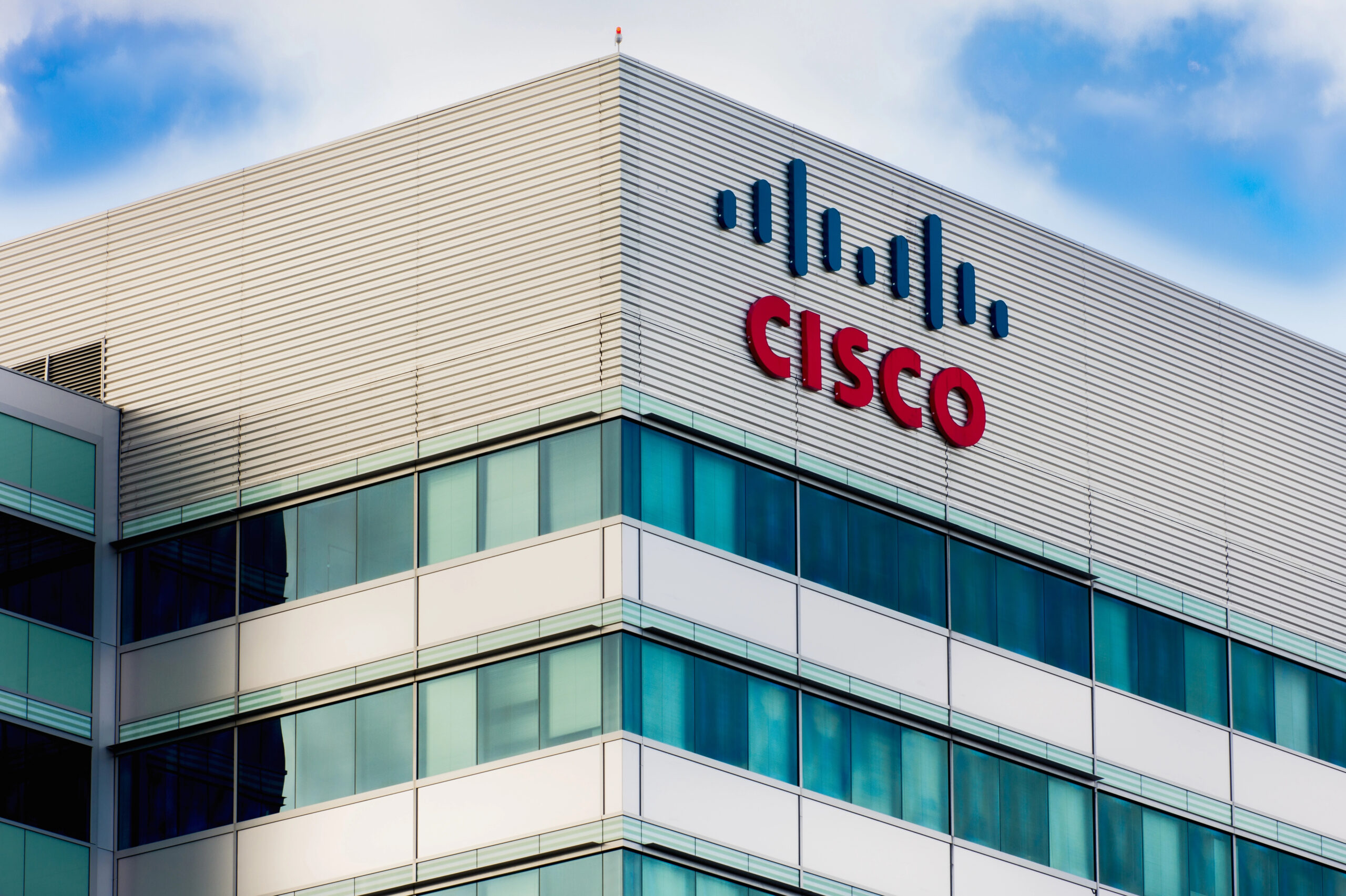Cisco recently announced a zero-day flaw in its NX-OS software. This critical vulnerability allowed threat actors to install malicious software on network switches running unpatched versions. To protect an organization’s infrastructure, you must stay on top of software updates, especially for critical networking equipment like NX-OS devices. Know the importance of prompt patching to mitigate vulnerabilities, especially for network security professionals. This incident underscores the risks of delaying patches and the value of a timely response. With details now public, you must assess potential exposure and implement the NX-OS patch if you operate affected hardware.
Overview of the Cisco NX-OS Zero-Day Vulnerability
Understanding the Severity
- The recently patched Cisco NX-OS zero-day vulnerability is a severe security flaw. It allows remote attackers to bypass authentication and execute arbitrary code on vulnerable devices. This critical vulnerability affects Cisco’s widely used network operating system, NX-OS, which powers many of its switches and routers.
Potential Impacts
- Successful exploitation could enable threat actors to install malicious software, like backdoors or rootkits. This grants them persistent control over compromised networking equipment. Depending on the network’s role, this could facilitate further lateral movement or enable attacks like data theft or service disruption.
Widespread Exposure
- Security researchers discovered active exploitation of this vulnerability in the wild. Many networks using Cisco NX-OS devices were likely exposed before patches became available. Organizations relying on vulnerable versions faced heightened risks of network breaches, data theft, and disruptions.
Vendor Response
- Cisco swiftly released software updates to address the vulnerability after responsible disclosure. However, installing these patches requires scheduled maintenance windows. This underscores the importance of prompt patch management to mitigate such zero-day threats proactively.
Defensive Recommendations
- Cisco urges customers to review the security advisories and install the relevant updates immediately. As a precaution, monitoring for indicators of compromise is also advisable. Robust network segmentation and access controls can limit the potential blast radius in case of exploitation.
The Cisco NX-OS zero-day highlights how vulnerable unpatched systems are to skilled attackers. Prioritizing timely patch deployment and holistic security best practices is crucial for protecting critical network infrastructure.
How the Vulnerability Works and Its Potential Impact

Exploiting NX-OS Flaws
- This zero-day vulnerability in Cisco’s NX-OS software allowed attackers to bypass authentication and execute malicious code on vulnerable network switches. The flaw stemmed from improper validation of software images during installation. An attacker could send a crafted package to overwrite legitimate switch firmware.
Severe Consequences
- Once compromised, network devices could be fully controlled by the attacker. This opens the door to a wide range of damaging actions – from eavesdropping on sensitive traffic to completely disrupting network operations. Worse still, the malware could potentially spread laterally to other vulnerable devices.
Widespread Exposure
- Cisco’s NX-OS powers many of its high-end switches and routers used across enterprises and service providers globally. Any unpatched device was at risk of remote code execution from this vulnerability. Prompt action was critical to prevent large-scale network breaches and costly outages.
Update Urgency
- Cisco swiftly released software updates to address the flaw after responsible disclosure. However, manually updating network infrastructure is often a complex process. This underscores the importance of adhering to stringent patch management practices, especially for internet-exposed and business-critical systems.
Organizations must remain vigilant against new threats by expediting security updates and validating the integrity of installed software. Proactive vulnerability management and secure network segmentation are vital to mitigate such supply chain risks.
Cisco’s Response and Recommendations for Customers
Considering he recently disclosed zero-day vulnerability affecting its NX-OS software, Cisco has swiftly responded with mitigations and a comprehensive advisory.
Immediate Actions Taken
Cisco’s Product Security Incident Response Team (PSIRT) moved quickly to investigate and mitigate the vulnerability after learning of its active exploitation. This involved:
Releasing software updates to address the flaw across affected NX-OS releases
Publishing a security advisory with details on the vulnerability and patched versions
Coordinating with relevant government cybersecurity agencies
Recommended Customer Actions
Cisco strongly urges customers to take prompt action by reviewing and implementing the recommendations outlined in the advisory. These include:
Upgrading to the fixed software releases if running an affected version
Applying the appropriate software updates and doing so expeditiously
Employing virtual patching or compensating controls if unable to update immediately
Remaining attentive for any revised guidance from Cisco as the investigation evolves
Maintaining a Proactive Security Posture
Beyond addressing this specific vulnerability, Cisco encourages customers to adopt a comprehensive approach to cybersecurity hygiene. This involves:
Enabling automated software updates where possible to ensure timely patching
Implementing network segmentation and other defense-in-depth practices
Adhering to security best practices for network device configuration and management
Staying apprised of Cisco security advisories and threat intelligence notifications
By acting decisively on Cisco’s guidance and cultivating an enduring commitment to security fundamentals, customers can best mitigate risks stemming from this and future vulnerabilities.
Best Practices to Protect Against Zero-Day Exploits
Defending against zero-day vulnerabilities is an ongoing challenge, as attackers constantly search for new flaws to exploit. While patching known issues promptly is crucial, a proactive approach is vital to minimize risks. Here are some best practices to strengthen your defenses.
Maintain Rigorous Patch Management
Applying security patches and updates as soon as they become available is paramount. However, blindly installing patches can sometimes introduce new issues. Adopt a systematic approach:
Test patches in a controlled environment before deploying to production systems.
Prioritize critical patches addressing severe vulnerabilities.
Implement automated patch management tools for efficient distribution and tracking.
Implement Robust Access Controls
Limiting access to only those who genuinely require it can significantly reduce the attack surface. Enforce the principle of least privilege and implement:
Role-based access controls (RBAC) to restrict permissions.
Multi-factor authentication (MFA) for added security.
Regular audits to identify and remove obsolete accounts or excessive privileges.
Deploy Advanced Security Solutions
Layered security measures can help detect and mitigate zero-day threats. Consider implementing:
Intrusion prevention systems (IPS) to monitor network traffic for malicious activity.
Endpoint detection and response (EDR) tools to monitor and respond to endpoint threats.
Sandboxing solutions to safely analyze and contain potential threats.
Cultivate a Security-Aware Culture
Educating employees on security best practices is crucial. Foster an environment where everyone understands their role in protecting the organization:
Conduct regular security awareness training sessions.
Encourage reporting of suspicious activities or potential threats.
Promote secure coding practices and secure-by-design principles for developers.
Continuously Monitor and Adapt
Cyber threats are ever-evolving, necessitating continuous vigilance and adaptation. Establish processes to:
Monitor credible security advisories and threat intelligence sources.
Regularly review and update security policies and procedures.
Conduct periodic risk assessments and vulnerability scans to identify potential weaknesses.
By implementing these best practices, organizations can enhance their resilience against zero-day exploits and better safeguard their critical assets and data. Remember, a proactive and multi-layered approach is key to staying ahead of emerging threats.
FAQs on the Cisco NX-OS Zero-Day Vulnerability
1. What is the Cisco NX-OS vulnerability?
- The Cisco NX-OS vulnerability is a critical zero-day flaw discovered in Cisco’s widely used network operating system software for data center switches. This vulnerability tracked as CVE-2023-20076, allows unauthenticated, remote attackers to bypass authentication and execute arbitrary code with elevated privileges.
2. How serious is this vulnerability?
- Extremely serious. With a maximum severity score of 9.8 out of 10, this vulnerability is considered critical. It allows attackers to gain complete control over vulnerable Cisco switches, potentially leading to data theft, network disruptions, and installation of malicious software or malware.
3. Which products are affected?
- The vulnerability impacts Cisco Nexus 9000 Series Fabric Switches running NX-OS software releases prior to 9.3(9). Cisco estimates millions of devices could be vulnerable across data centers, enterprises, service providers, and more.
4. How was it discovered?
- Cisco was alerted to the exploit after its Talos cybersecurity unit detected malicious actors actively exploiting the flaw to install malware on vulnerable network switches in multiple organizations.
5. What should admins do?
- Administrators should immediately apply the NX-OS software updates released by Cisco. Cisco has also provided mitigations and workarounds for scenarios where patching is not feasible right away. Following security best practices like network segmentation is also advised.
6. Were attacks successful?
- While Cisco confirmed active exploitation, the full extent and impact remain unclear. However, the potential risks of this vulnerability getting into the wrong hands are extremely high given how widespread Cisco’s networking equipment is.
7. Is it related to other Cisco vulnerabilities?
- No, this zero-day vulnerability is distinct from other recently disclosed Cisco vulnerabilities. However, it underscores the importance of promptly installing updates across all Cisco products to minimize attack surfaces.
In Short
The recent discovery of a zero-day vulnerability in Cisco’s NX-OS software serves as an important reminder to be vigilant about timely security updates. Even industry leaders like Cisco can miss vulnerabilities that leave networks exposed. As a network administrator, you must make patching and upgrading a regular part of your maintenance routine. Monitor vendor notifications and prioritize critical patches. Test patches before wide rollout when possible. Use tools to automate and streamline patching across your infrastructure. And educate your leadership on the risks of delaying updates. With focused effort, you can close the window of opportunity for exploits and keep your organization’s data protected. Consistent security hygiene is the best defense against constantly evolving cyber threats.
More Stories
Vodafone Idea Ignites 5G Ambitions with Delhi Launch and Nationwide Rollout Strategy
Vodafone Idea (Vi) has boldly launched its 5G services in the bustling Delhi NCR region, redefining India’s telecom landscape.
Meta Accelerates Scientific Discovery with Massive AI-Driven Chemistry Dataset
Meta has made an ambitious leap toward revolutionizing scientific discovery and research. It introduced Open Molecules 2025, an AI-driven chemistry dataset.
Google’s Find Hub Gains Precision with UWB Support
Google has revamped its Find My Device network into the newly christened “Find Hub,” now boasting Ultra Wideband (UWB) support. Scheduled for release in May 2025, this update promises to revolutionize the precision of tracking lost items, allowing you to pinpoint both the distance and direction of your belongings with unprecedented accuracy.
Alibaba’s ZeroSearch Cuts AI Training Costs by 88% Without External APIs
As businesses aim to use AI while staying within budget, ZeroSearch offers a vital and timely solution. Moreover, it delivers both cost savings and better model performance.
Agent Hospital: China’s AI Doctors Redefine Global Healthcare Frontiers
China’s “Agent Hospital” emerges as a revolutionary force in healthcare. Developed by Tsinghua University, this groundbreaking facility boasts the world’s first fleet of fully AI-driven medical professionals.
Fintech Alliance PH Welcomes Paynamics to Strengthen Digital Payments Ecosystem
In the Philippines' financial technology sector, Fintech Alliance PH announces a pivotal collaboration with Paynamics Technologies Inc. This partnership signals...


